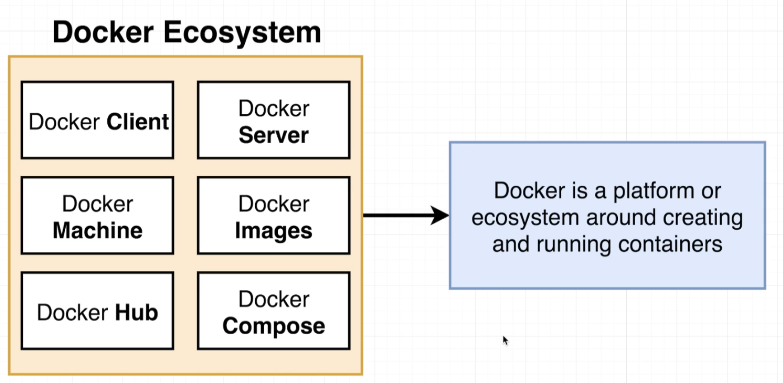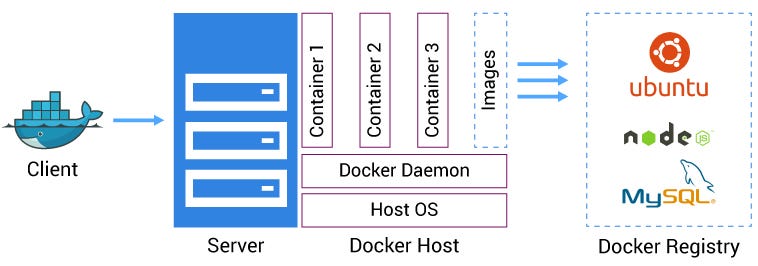
Docker has revolutionized the way developers build, ship, and run applications by simplifying the use of containers. But what exactly is Docker, and how do its containers and images facilitate software deployment? Today we’ll break down the Docker ecosystem, containers, and images, and explain how Docker streamlines software delivery.
Docker: A Platform for Containerization
Docker is a comprehensive ecosystem that provides developers with the tools to create and manage containers. Containers, a lightweight form of virtualization, allow developers to package applications with all the necessary components, such as libraries and dependencies, and run them in isolated environments.
The Ease of Software Installation with Docker
One of Docker’s key advantages is its ability to simplify software installation. Whether you’re setting up a development environment on a laptop or deploying an application to a production server, Docker eliminates the “it works on my machine” problem by ensuring consistency across environments.
What is a Docker Image?
A Docker image is a lightweight, standalone, and executable software package that includes everything needed to run a piece of software, including the code, runtime, libraries, environment variables, and configuration files. It serves as a blueprint for creating containers.

Docker Containers: Instances of Images
When a Docker image is run, it becomes a container. Containers are the runtime instances of images — think of them as the live, running application. They isolate applications from each other and the underlying infrastructure while providing an environment that is consistent across the development, testing, and production stages. Containers are virtual constructs, not physical ones.

The Docker Client
Docker client is the user interface to Docker. It’s the primary way that many Docker users interact with Docker. When you use commands such as docker run or docker build, you are using the Docker client to interact with Docker.

The Docker Daemon
The Docker daemon, on the other hand, is a persistent background service that manages Docker images, containers, networks, and storage volumes. The daemon is what actually executes the commands sent by the Docker client.
The Docker client and Docker daemon communicate using a REST API, over UNIX sockets or a network interface. When you run a command from the client, it sends a request to the daemon, which does the heavy lifting.
# Docker client command to run an image as a container
docker run hello-world
This command tells the Docker client to communicate with the Docker daemon to pull the hello-world image if it’s not available locally, and run it as a container.
Isolation and Resources
Containers are designed to be isolated from each other and the host system. They have their own filesystem, networking, and isolated process space. Each container has a reserved amount of hardware resources like CPU and memory, which it uses to run its programs.
Conclusion
Docker’s ecosystem and its use of containers and images have simplified the development and deployment process for software engineers. By using Docker, we can avoid the pitfalls of dependency management and environmental discrepancies, leading to more efficient and predictable deployments. As the world moves towards microservices and distributed applications, Docker’s importance is more pronounced than ever, making it a critical tool in modern software development workflows.
,





